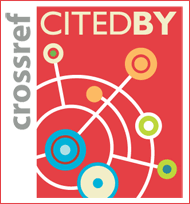ISSN : 1598-1142(Print)
ISSN : 2383-9066(Online)
ISSN : 2383-9066(Online)
Journal of architectural history Vol.34 No.2 pp.7-17
DOI : https://doi.org/10.7738/JAH.2025.34.2.007
DOI : https://doi.org/10.7738/JAH.2025.34.2.007
On the Vocabulary Representing Mat-bae and Pal-jak Roofs in General Literature and Dictionaries from the Joseon Dynasty to the Japanese Colonial Period
Abstract
Dynasty and Japanese colonial period using historical texts and dictionaries. For Mat-bae roofs, component-related terms include Bak-gong, Bak-poong, Poong-pan, and Poong-cha, while Bae-jip refers to the roof as a whole. Bak-gong was more commonly used than its synonym Bak-poong, and its Chinese character representation varied. Poong-pan, derived from Pung-cha, replaced it in the 19th century, while Bae-jip’s use in Joseon-era texts is unclear. For Pal-jak roofs, component terms include Chu-nyeo and Hap-gak, while Paljak refers to the entire roof. Chu-nyeo has both linear and planar meanings and appeared with diverse Chinese character forms and Korean spellings, evolving over time. Hap-gak, synonymous with Heo-ga, became recognized as a native term until the 1940s. Pal-jak, often written as 八雀 in Joseon texts, likely originated from the Korean mimetic word Pal-jjak, reflecting its meaning and sound.











